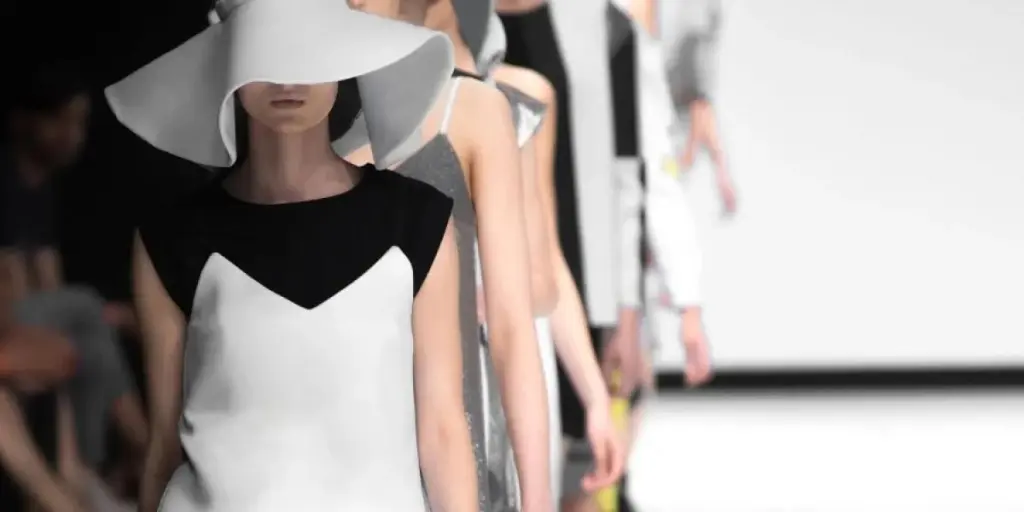Introduction
Imagine a world where AI-powered stylists are the new norm. You walk into a store, and a screen scans your body, offering instant fashion recommendations based on the latest trends, your unique measurements, and your previous purchases. The convenience is undeniable, but something still feels missing—the human connection.
In this rapidly digitized era, AI stylists have gained significant traction in the fashion industry. Yet, the irreplaceable essence of human stylists continues to set them apart. Let’s explore what makes human stylists indispensable in a world increasingly run by machines.
The Rise of AI Stylists
Technological Advancements
The fashion industry has experienced a massive shift with the rise of AI technology. From virtual try-ons to personalized recommendations based on data analysis, AI has brought efficiency and precision to an industry built on trends and aesthetics. AI-powered platforms like Stitch Fix and Amazon’s AI-driven fashion services offer customers curated wardrobes with just a few clicks.
Efficiency and Precision
AI stylists excel in offering data-driven insights and trend analysis. By using complex algorithms, they scan through thousands of trends, color patterns, and consumer preferences to recommend outfits that fit a client’s style. The ability to instantly match customer profiles with existing fashion trends provides a level of speed and efficiency that no human can match.
The Human Touch: What AI Can’t Replicate
Emotional Intelligence
Where AI falls short is its inability to understand the emotional and psychological elements of styling. Human stylists don’t just curate outfits—they interpret their client’s stories, moods, and identities through fashion. Whether it’s selecting a power suit for a high-stakes meeting or a special dress for a milestone celebration, human stylists understand the deep connections we have with our clothing.
Creativity and Intuition
While AI is data-driven, human stylists bring creativity and intuition to the table. A machine can suggest trendy items, but a human stylist may mix and match pieces in ways that a machine would never think of, creating a look that is bold and unique. Humans have the ability to take risks and make fashion choices that transcend data and logic, leading to trailblazing fashion moments.
Personal Relationships
Trust is a crucial aspect of personal styling, and it’s something that only humans can nurture. Human stylists build long-term relationships with their clients, understanding their evolving tastes, personal stories, and even cultural values. These relationships create a deep level of trust that allows clients to feel confident in their stylist’s choices, a bond AI simply cannot replicate.
Cultural Sensitivity
Fashion is not just about trends; it’s also about culture. Human stylists are capable of understanding cultural traditions, regional preferences, and the symbolism behind certain garments. From wedding dresses to festival outfits, human stylists can respect and embrace the nuances of cultural identity that an AI system might overlook.
Case Studies and Examples
Real-Life Stories
Consider the story of renowned stylist Rachel Zoe, whose fashion intuition helped turn celebrities into red-carpet icons. Her understanding of each client’s personal story allowed her to make styling decisions that were not just about following trends but about expressing individuality. Would AI have created the same connection between client and stylist, leading to timeless fashion moments?
Comparative Analysis
In a comparative analysis between AI and human stylists, a recent survey showed that while AI stylists were praised for their efficiency, human stylists were rated higher for client satisfaction and creativity. Many clients cited the importance of personal interaction and emotional understanding, areas where AI lagged behind.
The Future of Fashion Styling
Collaboration Over Competition
Rather than viewing AI as a replacement for human stylists, the future could be one of collaboration. AI can handle the data-heavy tasks—like analyzing consumer trends—while human stylists can focus on the personal and creative aspects of fashion. This harmonious integration could create a powerful blend of precision and emotion, efficiency and creativity.
Evolving Roles
As AI becomes more integrated into the fashion world, the role of human stylists is likely to evolve. They may take on more specialized tasks that emphasize personal connection, cultural understanding, and creativity, while AI tools can assist in streamlining the process. In this future, human stylists will focus on what machines cannot: the irreplaceable human touch.
Conclusion
As AI continues to revolutionize the fashion industry, the human touch remains invaluable. Stylists bring a level of emotional intelligence, creativity, and cultural sensitivity that no machine can replicate. The future of fashion may not be a competition between AI and human stylists but rather a collaboration that elevates the industry to new heights.
What are your thoughts?
What do you think? Will AI ever fully replace the human stylist, or will there always be a need for that personal touch? Share your thoughts in the comments below!
